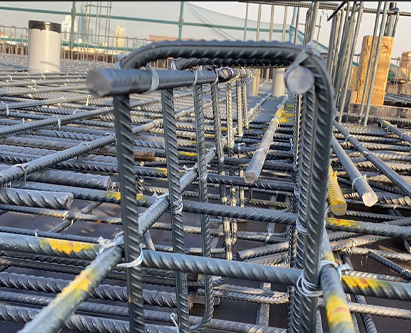types of barbed wire
Types of Barbed Wire An Overview
Barbed wire, a staple of agricultural and security fencing, has played a crucial role in shaping boundaries for more than a century. With its sharp edges and unique design, barbed wire serves multiple purposes, from keeping livestock in secure areas to protecting properties from intruders. Understanding the different types of barbed wire available can help consumers make informed choices based on their specific needs.
1. Standard Barbed Wire
The most common type, standard barbed wire, consists of two strands of wire twisted together with sharp barbs at regular intervals. This type is primarily used in agricultural settings to contain livestock and delineate property lines. It is economical and effective for creating physical barriers, making it popular among farmers and ranchers.
2. High Tensile Barbed Wire
High tensile barbed wire is made from high-strength wire that is drawn to a thinner gauge, which allows for increased tensile strength. This means that it can withstand greater tension and pressure compared to standard barbed wire. It is ideal for long stretches of fencing, as it minimizes the need for many fence posts. High tensile barbed wire is especially useful in hilly or challenging terrain, making it a preferred choice for large ranches and farms.
3. Barbed Tape
Barbed tape is a innovative type of barbed wire that consists of a thin wire with sharp edges spiraled around a central core. This design not only enhances its aesthetic appeal but also makes it more effective in deterring trespassers. Barbed tape is often used in security applications, such as around prisons, military installations, and high-security properties.
types of barbed wire

4. Razor Wire
Razor wire is one of the most formidable types of barbed wire, featuring sharp metal blades attached to a wire strand. Its design is specifically intended to inflict injury and act as a major barrier to unauthorized access. Razor wire is commonly used in military settings, detention centers, and areas needing maximum security. Its intimidating presence serves as a strong deterrent against intruders.
5. Electric Barbed Wire
Electric barbed wire combines the traditional features of barbed wire with an electric current. This type of fencing is designed to deliver a mild shock to deter animals or potential intruders. Electric barbed wire is often used in agricultural settings to keep livestock contained while providing an additional layer of protection. It can be very effective in protecting crops and keeping predators at bay.
6. Coated Barbed Wire
Coated barbed wire features a protective coating that helps prevent rust and corrosion. This type is usually made of galvanized wire and is coated with vinyl or another protective material. The coating not only enhances durability but also reduces the chances of injury to livestock due to sharp edges. Coated barbed wire is commonly used in environments where exposure to moisture and weather is frequent.
Conclusion
The diversity of barbed wire types allows consumers to select the most appropriate option for their specific needs, be it for agriculture, security, or boundary marking. Whether opting for the traditional standard barbed wire or the more advanced razor and electric varieties, understanding the distinctions among them can significantly impact functionality and effectiveness. Barbed wire, despite its simplicity, can be an important tool in managing land, protection, and security, making it a vital component in various settings across the globe.
-
The Durability and Versatility of Steel Wire
NewsJun.26,2025
-
The Best Iron Nails for Your Construction Projects
NewsJun.26,2025
-
Strengthen Your Projects with Durable Metal Stakes
NewsJun.26,2025
-
Get the Job Done Right with Duplex Nails
NewsJun.26,2025
-
Explore the Versatility and Strength of Metal Mesh
NewsJun.26,2025
-
Enhance Your Security with Razor Wire
NewsJun.26,2025














